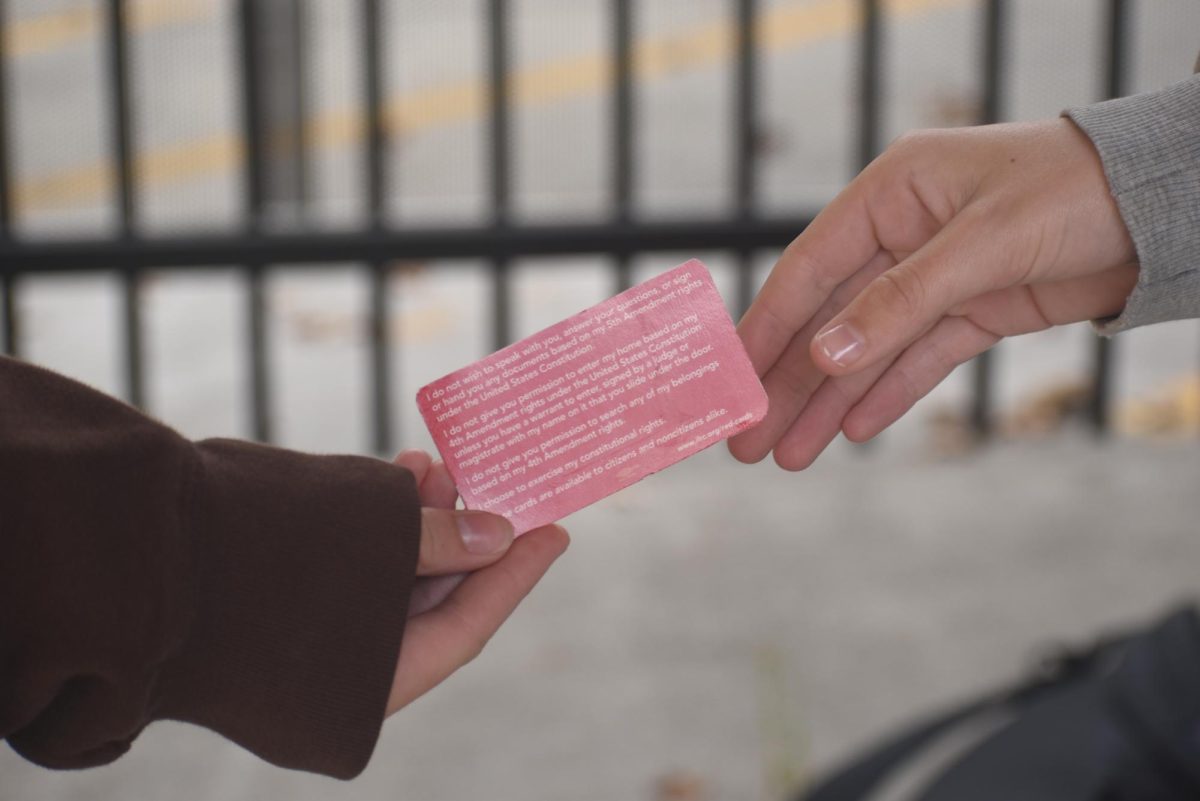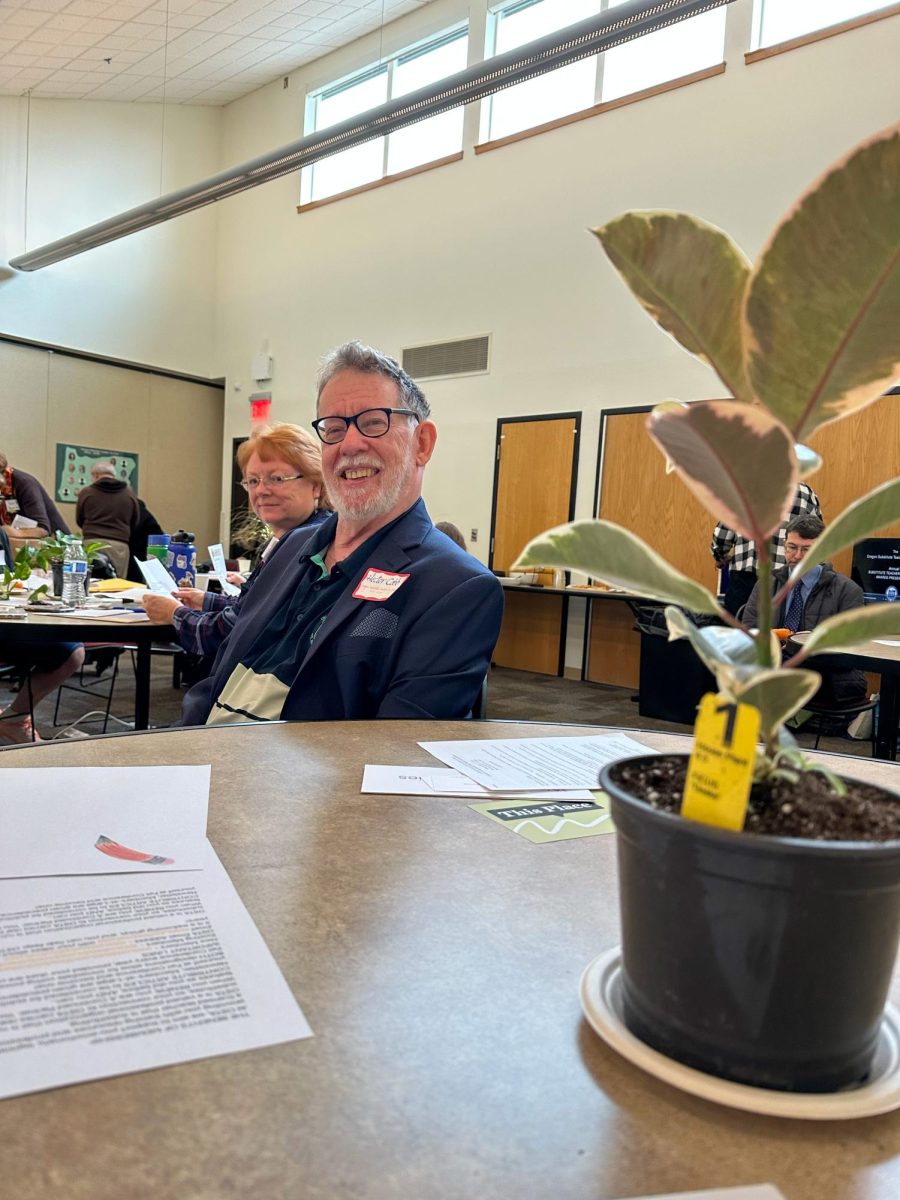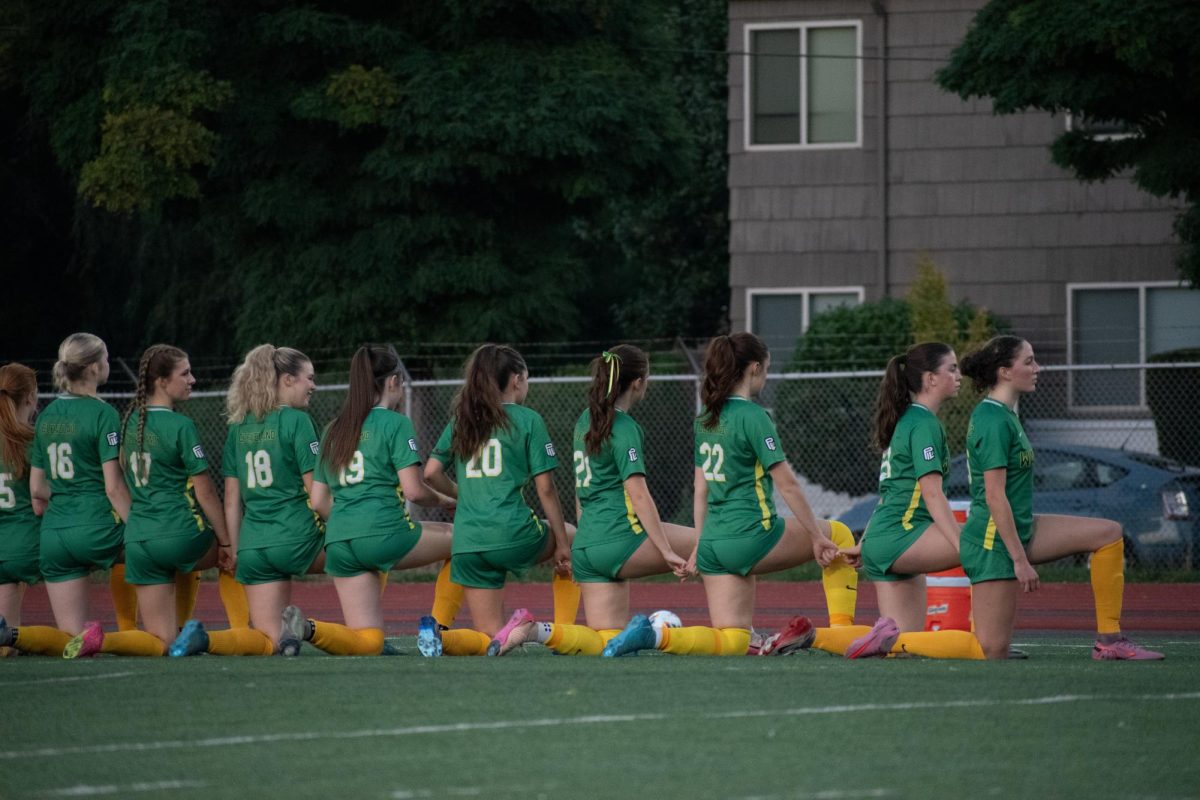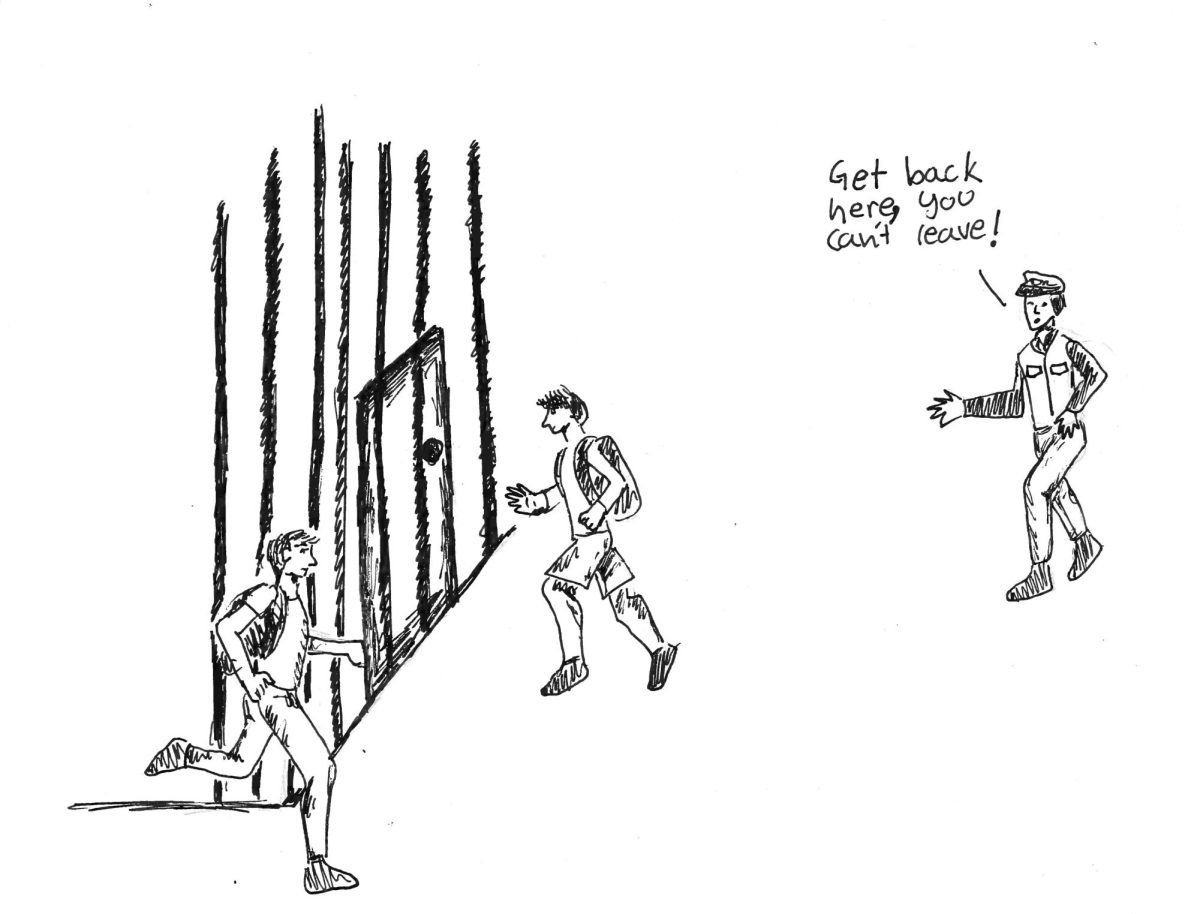Students Take a Stand for Standing Rock

A sign located at the Standing Rock reservation. Image provided by Jake Larson.
January 25, 2017
Standing Rock is the scene of an ongoing peaceful water protest against the construction of the Dakota Access Pipeline. What started out as a few hundred Native American protesters last April has since grown to a collection of people from different backgrounds.
Many have and continue to gather at Standing Rock while others support from their homes sending donations and participating in local protests.
Cleveland senior, Simon Brown, is a descendent of the Ojibwe tribe. The other side of his family are Northern
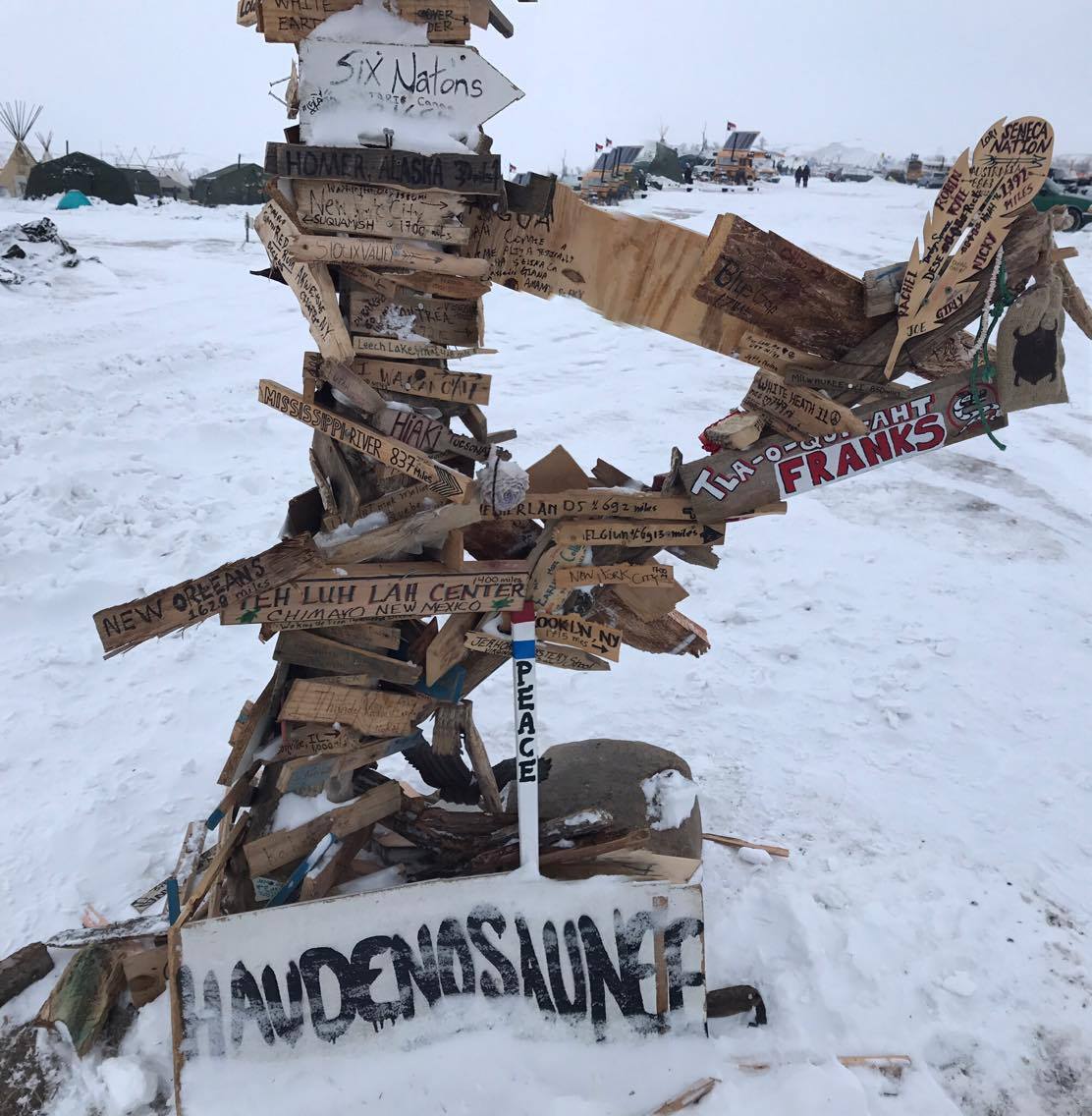
Cheyenne. “Standing Rock represents years of oppression and struggle that Native people all over the United States deal with,” said Brown. “It is not just one specific issue, it represents the issue as a whole, and you can see that as Native American tribes from all across the country come down to support.”
Junior Jake Larson in St. Louis, Missouri, joined the water protesters from Dec. 5-11. Previously expressing interest to his mom of going out to Standing Rock, an opportunity soon arose: A neighbor posted on Facebook stating that he was heading out there and asking if anyone wanted to join him.
“I saw a violation of human rights and I wanted to stand up for what was right,” explained Larson during a phone interview. “When I was there there weren’t any direct action protests taking place. I helped clear an area for a new medical tent, which means just clearing out all the snow, plotting it out. I helped in the medic tent and helped move all the medic stuff. I chopped some wood for the fires to keep people warm, especially those with hyperthermia so they could come in and not die. I helped organize some of the food. I brought donations too because everything there is kind of run off of donations.”
Larson stated that the coldest he can remember it getting was minus 19 degrees Fahrenheit including the wind chill.
“Become involved because whether or not you think you’ll make an impact, you will,” Brown expressed. “I believe everyone should know it is not over. The fight is not over and people are still at Standing Rock risking their lives in freezing temperatures to have their voices be heard.”
Larson reported that one of the most important things to the Native American protesters is keeping the protests peaceful. The fight is not over he expressed, stating lives are in danger. The pipeline itself has already burst a couple times.
Larson also expressed how difficult it is to reconcile how Native Americans have been treated throughout our nation’s history. “I don’t think we can ever really fully repair the relationship. Helping is a step in making peace. And America really has no right to take any more land than we already have and really putting hundreds of people in danger,” said Larson. “If anyone does want to help they don’t have to go. There’s numbers you can call and an address for the camp where you can send donations. Especially food and warm things. Heaters, propanes, all those things right now are really important.”
Be an activist “to make a difference that matters in the world,” expressed Larson. “When somebody sees a young person standing up for something, it can often empower them to do something because if a young person can do it, anyone can.”
Brown is currently working on a project in regards to the Standing Rock protests but it has not been finalized. He plans to update the school and the Clarion at a later date.
“Youth have the most power out of all. Eyes follow them whenever they protest, or speak out, and it calls more attention to the issue. The more recognition, the more impact it will have. Youth bring new ideas and new voices. They bring a breath of fresh air to activism,” said Brown.
Expressed Larson, youth should care “because they have to grow up in the world they choose to or choose not to influence. We are shaping the world we live in.”




